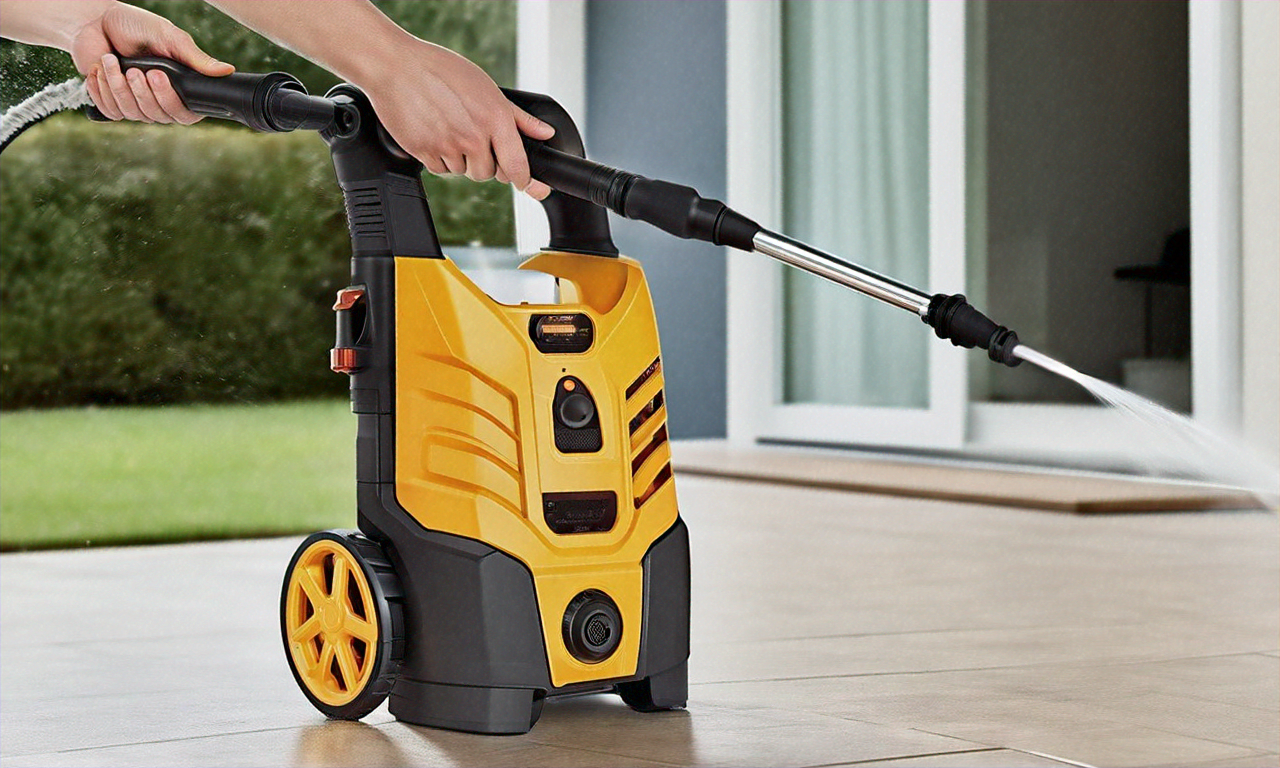Smart Pest Prevention and Control for Healthy Homes
Keep your home comfortable and safe with practical pest control strategies. This guide explains how homeowners can prevent infestations, try effective DIY treatments, and recognize when to hire professionals. Learn long-term maintenance tips, safe remedies, and what to expect from top pest control providers to protect your property and family.

Introduction: Keeping pests out of your living space protects both your health and your property. Unwanted insects and rodents can carry disease, damage structures, and make a home uncomfortable. Below are practical prevention tips, do-it-yourself remedies, signs it’s time to call a pro, what professional services typically include, national provider comparisons, and long-term maintenance advice.
How can I keep pests from entering my home? Prevention is the most effective step in pest control. Small, consistent actions dramatically reduce the risk of infestations: 1. Seal gaps and openings: Walk around the exterior and look for cracks, gaps around windows and doors, holes around utility lines, and other entry points. Use caulk, metal mesh, or steel wool to close them off. 2. Keep surfaces clean: Regularly wipe down counters, sweep floors, and clean up food spills immediately. Store pantry goods in airtight containers to remove food sources that attract pests. 3. Control moisture: Many pests seek damp environments. Repair leaks, run dehumidifiers where needed, and ensure bathrooms and kitchens are well ventilated. 4. Maintain your yard: Trim shrubs and tree limbs that touch the house, eliminate standing water, and store firewood at a distance from the foundation. 5. Use smart storage: Keep items in sealed plastic bins rather than cardboard, especially in basements and attics, to reduce hiding spots for insects and rodents.
What DIY pest control methods work? For minor issues, several safe and affordable do-it-yourself options can help manage pests: 1. Natural repellents: Essential oils such as peppermint, eucalyptus, and tea tree can repel certain insects. Dilute with water and spray around likely entry points or problem spots. 2. Diatomaceous earth: Food-grade diatomaceous earth can be dusted in crawl spaces, along baseboards, and in other insect pathways; it works by drying and damaging insect exoskeletons. 3. Trapping: Sticky traps, pheromone traps, and catch-and-release devices are useful for monitoring and reducing populations of rodents and insects. 4. Boric acid: Applied sparingly and in targeted areas, boric acid can be effective against cockroaches and other crawling insects. Keep it away from pets and children. 5. Vinegar solutions: A mix of water and vinegar is useful for cleaning surfaces and can deter ants and some other pests when sprayed around trails and entry points.
When should I hire a professional pest control service? DIY tactics are useful for small problems, but there are clear scenarios where professionals are the better choice: 1. Recurring or persistent infestations: If infestations return despite your efforts, a professional inspection and treatment plan are warranted. 2. Widespread problems: When pests have spread through multiple rooms or structures, targeted professional treatments are usually necessary for complete control. 3. Hazardous species: Venomous spiders, aggressive stinging insects, and other dangerous pests should be handled by trained technicians. 4. Wood-destroying insects: Termites and carpenter ants can undermine structural integrity. Professional assessment and treatment are critical to prevent serious damage. 5. Health and safety concerns: If household members have allergies, asthma, or other sensitivities, professionals can recommend safer product choices and application methods.
What should I expect from professional pest control? Hiring a licensed company typically includes the following steps: 1. Comprehensive inspection: A technician will examine your property to identify pest species, entry routes, and the scope of the problem. 2. Tailored treatment plan: Based on findings, the company will propose a customized strategy that may combine chemical, mechanical, and exclusion tactics. 3. Access to stronger products and tools: Professionals use commercial-grade pesticides and specialized application equipment not available to the general public. 4. Preventive recommendations: Technicians will advise on changes to reduce future risk, such as sealing gaps, modifying landscaping, or altering storage habits. 5. Follow-up service: Many companies offer follow-up visits or ongoing maintenance plans to ensure lasting control.
National providers and what they offer: - Orkin: Offers general pest control, termite treatment, and mosquito services; known for nationwide service, a money-back guarantee, and free re-treatments when needed. - Terminix: Provides pest and termite control as well as bed bug treatments; features 24/7 availability, customized plans, and trained technicians. - Aptive Environmental: Focuses on eco-friendlier approaches; promotes year-round protection with customized treatments and a re-service guarantee. - Ehrlich Pest Control: Covers general pest control plus bird control and fumigation; emphasizes an integrated pest management approach and serves both residential and commercial clients.
How do I maintain a pest-free home long-term? Sustained prevention requires ongoing attention: 1. Monthly checks: Inspect both inside and outside for signs of pests or new vulnerabilities. 2. Seasonal adjustments: Modify strategies with the seasons — different pests are more active at different times of year. 3. Act quickly: Address sightings or damage promptly to stop problems from growing. 4. Stay informed: Learn which pests are common in your region and keep up with safer, more effective control options. 5. Partner with a pro: Establish a relationship with a reputable pest control company for routine maintenance and rapid response when needed.
Conclusion: A pest-free home is achievable by combining prevention, informed DIY measures, timely professional help, and ongoing care. With consistent attention and the right resources, homeowners can protect their families and property from pests now and in the future.






